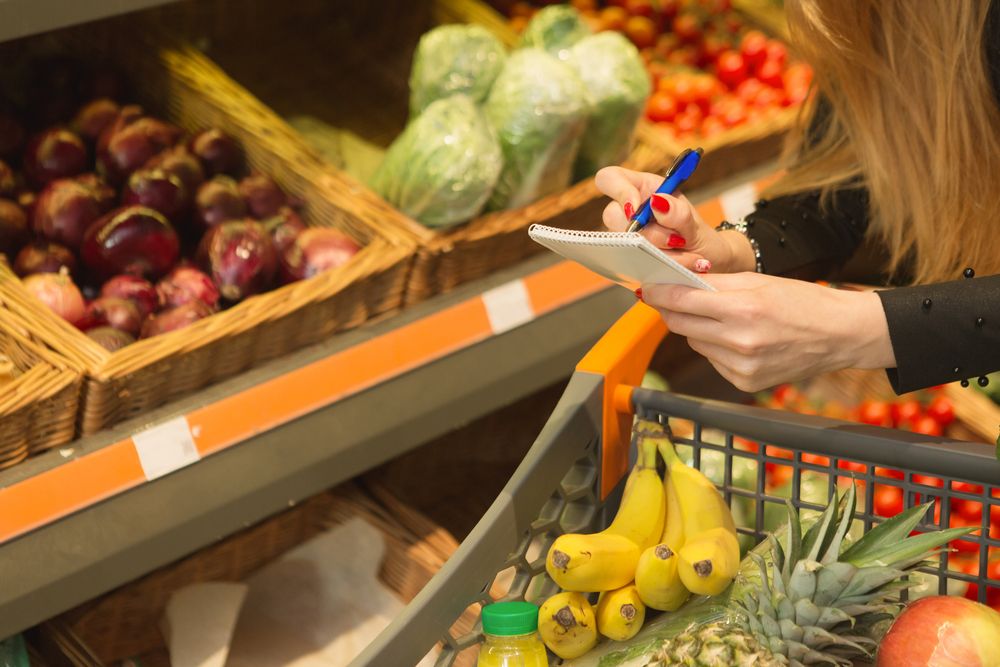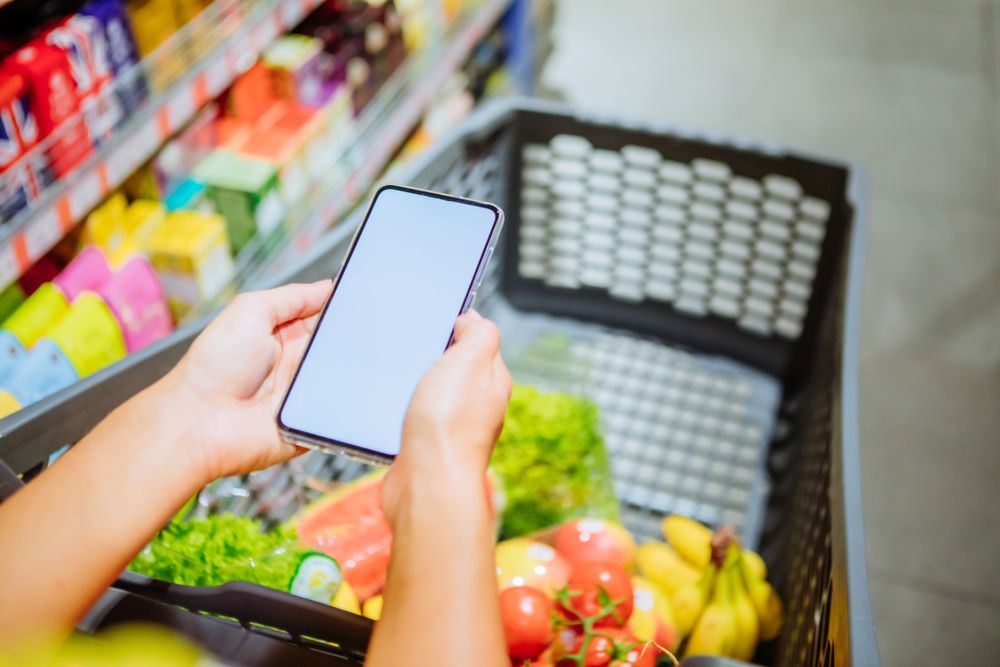
The grocery store offers a vast array of choices, some conducive to weight loss and others prioritizing flavor over nutrition. While any food can fit into a weight loss plan when consumed in the right portions, certain options can enhance your success. With thousands of items available, navigating through the choices can be daunting.
Losing weight can positively impact many aspects of your health, and opting for nutrient-dense foods while limiting those high in empty calories is a great strategy. Surprisingly, eating for weight loss doesn't require complex meals with numerous ingredients. Many packaged food items can support your goals and can be easily paired with fresh foods to create balanced meals and snacks.
If you find it challenging to navigate the grocery store for foods that support your weight loss goals, you've come to the right place. Here's how to build a dietitian-approved shopping list for weight loss.
How to Build a Weight Loss Grocery List
When selecting groceries that align with your weight loss goals, consider these key factors:
Shop the Perimeter: The perimeter of the store typically features less processed foods like fruits, vegetables, proteins, and dairy products. While you may not find everything you need here, these areas should form the foundation of your shopping list.
Choose Items with Fewer Ingredients: In the middle aisles, opt for whole grains, beans, nuts, and nut butter—foods that are minimally processed and contain few added ingredients.
Focus on Protein and Fiber: Foods high in protein and fiber can help you feel fuller for longer. Nutrient-dense options like fruits, vegetables, proteins, and whole grains are rich in fiber, protein, and other essential nutrients. Limiting foods high in added sugars and saturated fats, especially processed foods that contain one or both, will help reduce empty calories in your diet and support your weight loss efforts.
Read on for our ultimate weight loss grocery list, and don't miss The 30 Best Foods for Weight Loss for more tips.
Fresh Produce

Fruits and veggies are known for their fiber, vitamin, and mineral content. While micronutrients are essential to a healthy diet, fiber is especially important for weight loss. Research even indicates that soluble fiber in your diet may aid in reducing visceral fat, which is the more concerning fat in your abdomen. All fresh fruits and veggies should be part of your weight loss diet, and choosing a variety from each category helps ensure you introduce a wide range of nutrients into your diet. The following list of produce includes items with some of the highest fiber contents.
- Berries
- Pears
- Pomegranate seeds
- Kiwi
- Passionfruit
- Guava
- Apples
- Mango
- Avocado
- Spinach
- Sweet potato
- Cruciferous veggies
- Carrots
- Hummus
Lean Proteins
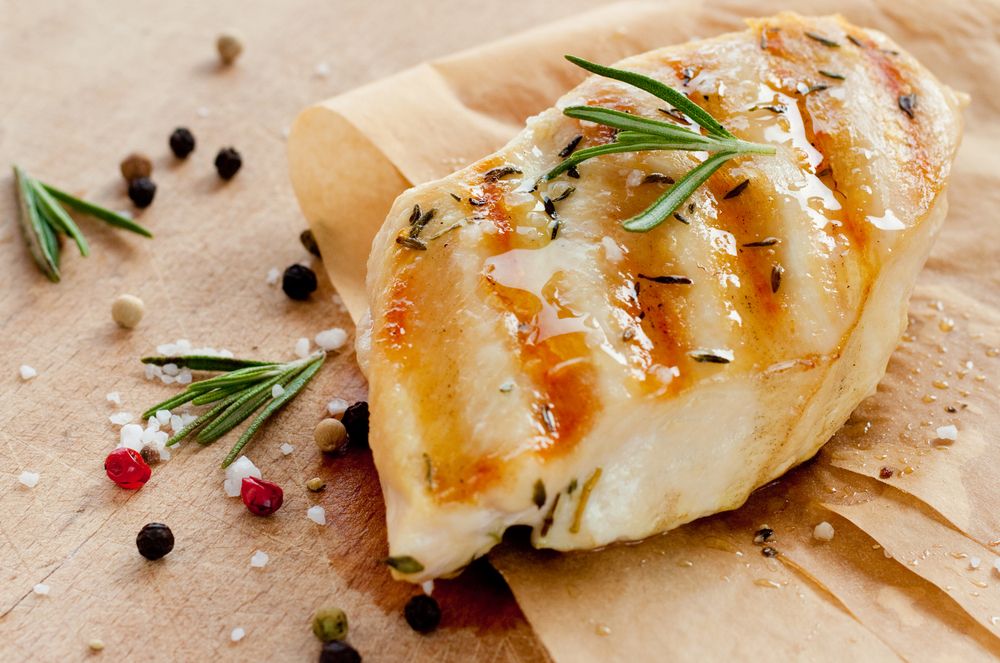
Protein is a crucial nutrient that can enhance satiety. It has the highest satiety factor among macronutrients and can also boost the number of calories burned during digestion. These effects can contribute to weight loss. When selecting proteins, opt for choices with minimal saturated fat and include a variety of sources to obtain a diverse nutrient profile.
- Fish (salmon and tuna are rich in Omega-3 fats)
- Shrimp
- Chicken (white meat and skinless options are lower in saturated fat)
- Ground turkey
- Lean ground beef (at least 90% lean)
- Lean cuts of beef (top sirloin, roasts, tenderloin)
- Lean cuts of pork (tenderloin, chops)
- Eggs and liquid egg whites (usually found near the dairy section)
- Tofu (often located near the produce section)
- Deli meat (opt for nitrate-free options)
- Rotisserie chicken
Whole Grains
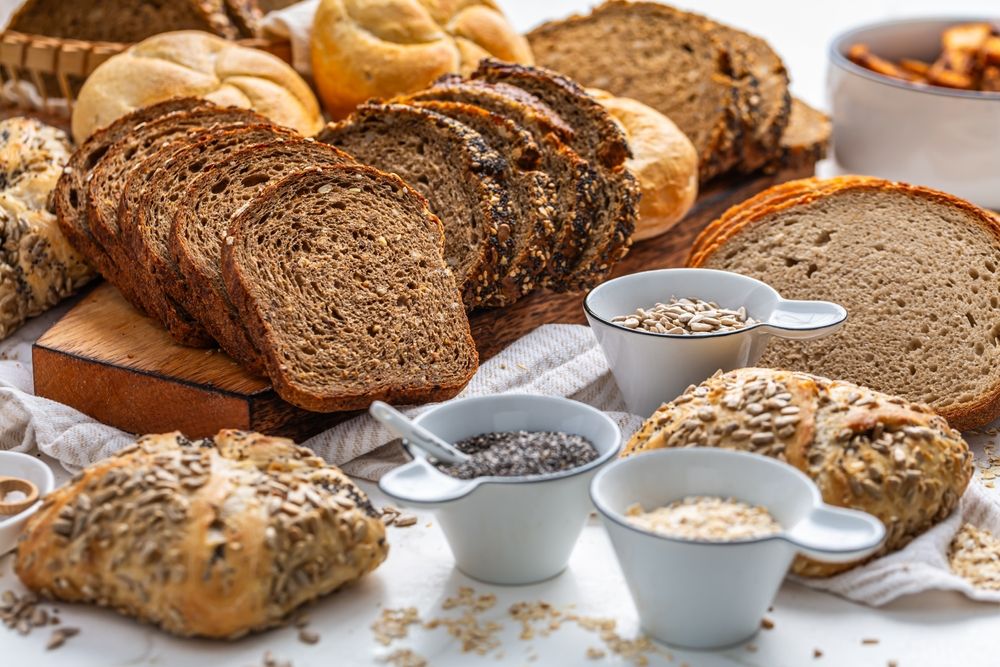
You'll find whole grains in the center aisles of the store, but it can be tricky to navigate, as many sugar-laden options are mixed in with the healthier choices. Generally, whole grains are high in fiber, and some even offer notable protein content. Choose options with minimal added ingredients, and compare brands to find those with the highest fiber and protein content and the least added sugar.
- Plain oats (old-fashioned or steel-cut)
- Brown rice
- Quinoa
- Dry or canned beans
- Popcorn (kernels or air-popped)
- Bean-based noodles
- Whole wheat flour
- Cereal and granola with no added sugar
- Crackers with no added sugar
- Whole grain bread
Healthy Fats
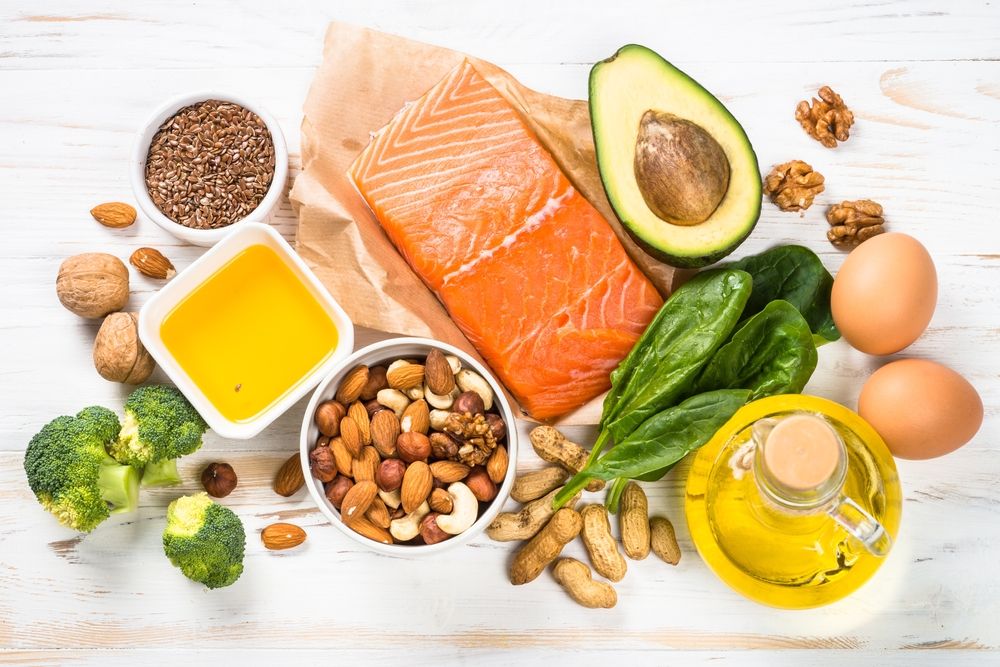
While this category includes various dry goods, you'll also find healthy fats in fresh foods like avocado and fish. Healthy fats are primarily unsaturated and include essential fatty acids like Omega-3. Fats are generally more filling than carbs, making them helpful for weight loss. They also offer other benefits, such as antioxidants and support for heart health.
- Nuts (choose plain or lightly salted options)
- Seeds (including chia, flax, and hemp seeds)
- Nut and seed butters (opt for varieties with no added sugar)
- Olive and avocado oils
- Canned sardines and anchovies
- Tahini
- Salad dressings (made with healthy oils like extra virgin olive oil and avocado oil)
Dairy & Dairy Alternatives
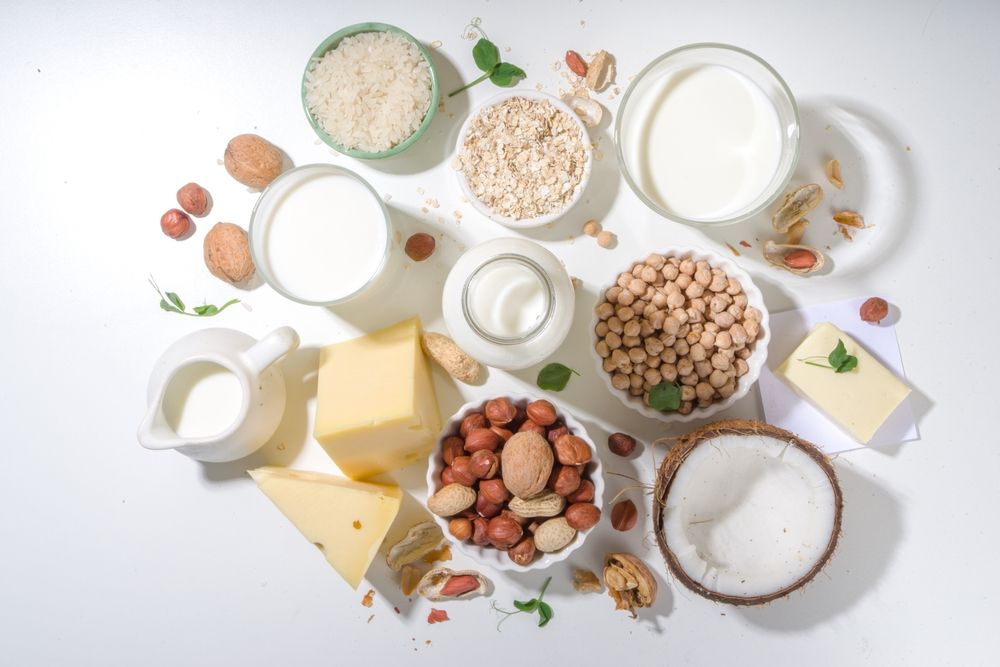
Dairy foods are a unique source of nutrients, including calcium and vitamin D. They typically provide protein and fat with fewer carbs. However, many dairy products can contain added sugars, especially flavored varieties, so it's important to be mindful of this when making your choices.
- Plain or no-added-sugar Greek yogurt
- Cottage cheese
- Cheese
- Skim, 1%, 2%, or whole milk
- Soy, almond, and oat milk
- Kefir
Frozen Foods
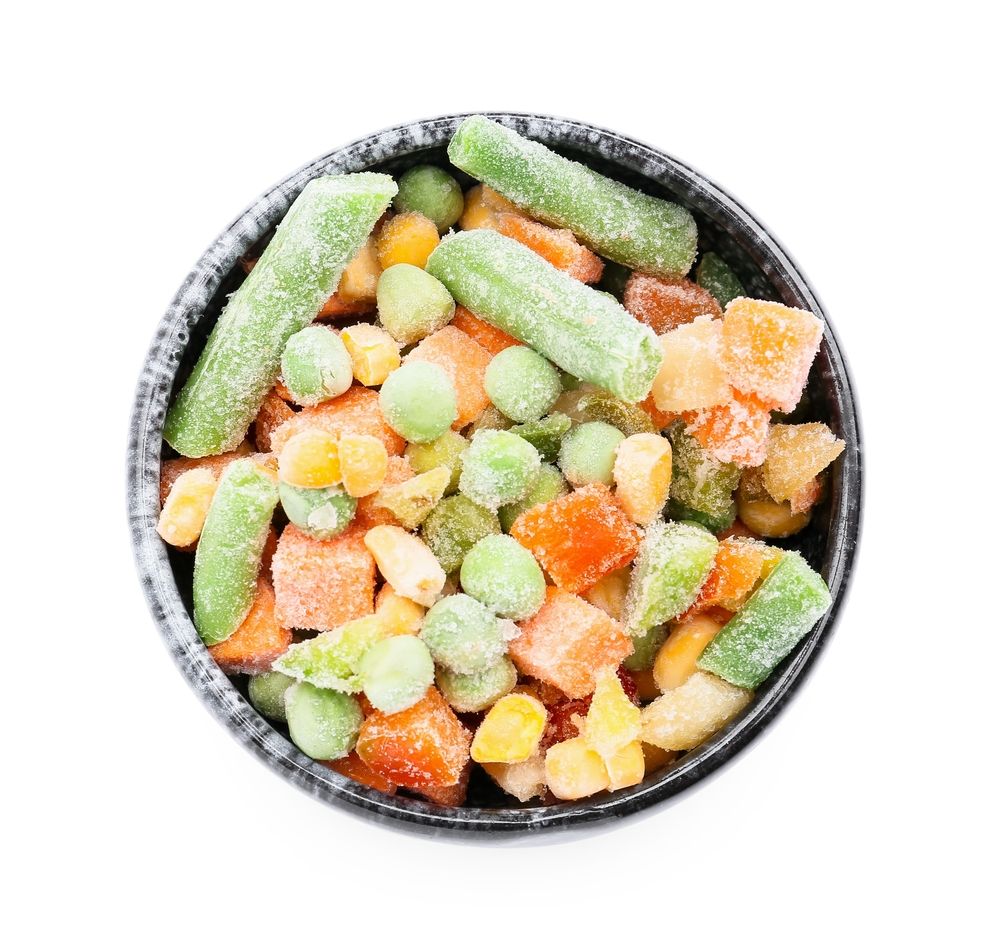
The frozen food section provides a wide array of convenient meals and snacks, but it also includes many less nutritious options like desserts and fried foods. However, there are healthier choices available, such as fruits and vegetables. If you're craving something sweet, there are healthier frozen dessert alternatives with less sugar than traditional options.
- Fruit (without added sugar)
- Vegetables
- Chicken (un-breaded and not fried)
- Edamame
- Healthier frozen desserts
Weight Loss Meal & Snack Ideas
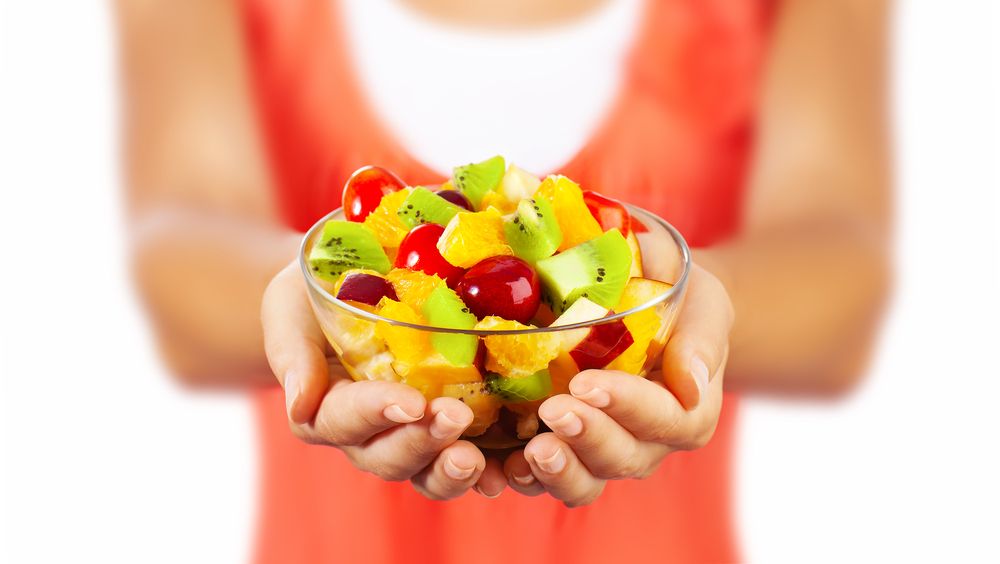
Breakfast
- Greek yogurt topped with berries and nuts
- Scrambled eggs with spinach and whole grain bread topped with avocado
- Smoothie made with frozen fruit, spinach, Greek yogurt, and chia seeds
- Avocado toast topped with hemp seeds and sliced tomato
- Oatmeal topped with berries and nut butter
Lunch
- Large salad with mixed greens, vegetables of choice, rotisserie chicken, dressing, and chickpeas
- Half sandwich with sliced cheese and deli turkey, served with a side of fresh fruit
- Crackers topped with cheese and deli ham, accompanied by raw veggies dipped in hummus
- Homemade pasta salad with bean-based noodles, tomatoes, zucchini, and arugula, tossed with olive oil and lemon juice
- Shrimp cocktail served with crackers dipped in mashed avocado
Dinner
- Turkey burger on a whole grain bun, served with a side of broccoli roasted in olive oil
- Spaghetti made with bean-based noodles and marinara sauce with no added sugar, accompanied by a side salad
- Lean ground beef seasoned for tacos, served in large lettuce leaves with sliced avocado and a side of black beans
- Stir-fry made with diced chicken breast and frozen mixed veggies, served over brown rice and topped with soy sauce
- Quinoa salad with quinoa, chickpeas, diced tomatoes, and cucumber, drizzled with olive oil and lemon juice, and topped with avocado
Snacks
- Air-popped popcorn with string cheese
- Raw veggies with hummus
- Cottage cheese topped with pear slices
- Apple slices dipped in nut butter
- Hard-boiled egg with a side of kiwi

